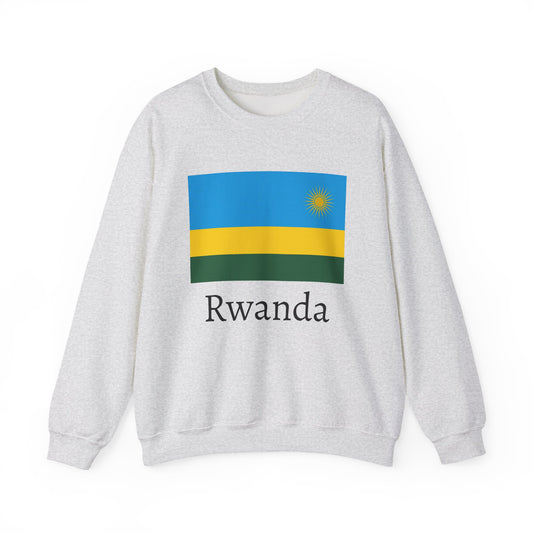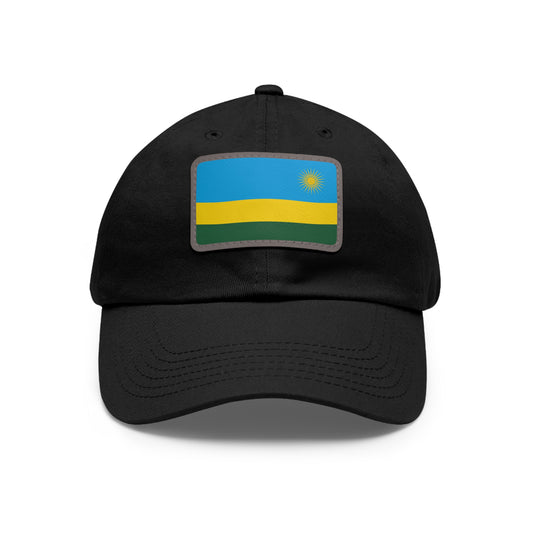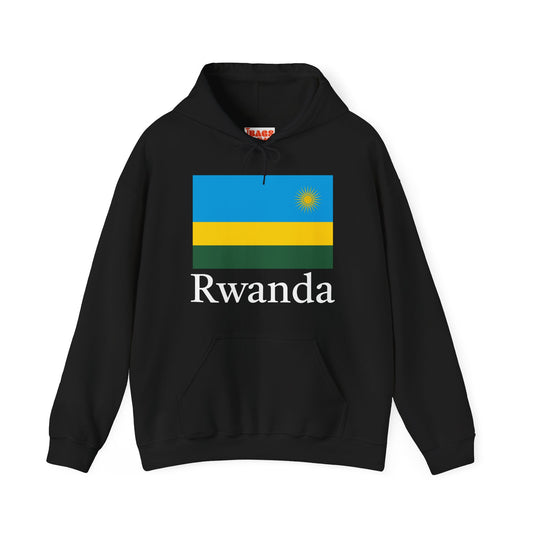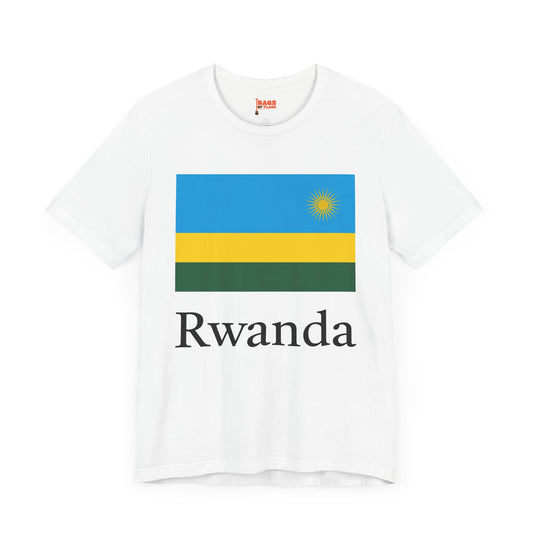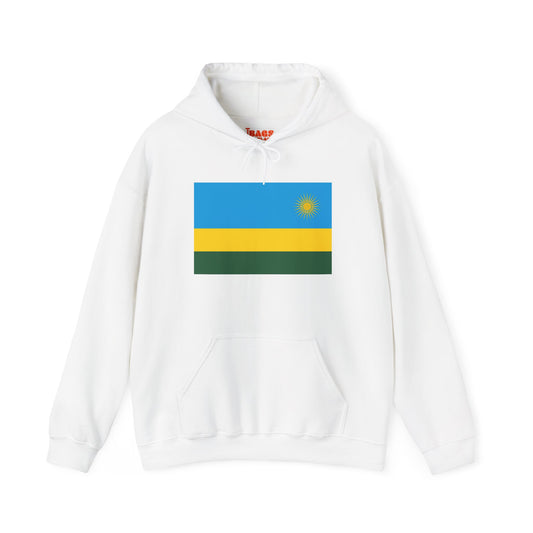-
Rwanda Sweatshirt
Regular price $34.15 USDRegular priceUnit price / per -
Rwanda Flag Sweatshirt
Regular price $34.15 USDRegular priceUnit price / per -
Rwanda Pillow
Regular price $22.65 USDRegular priceUnit price / per -
Rwanda Backpack
Regular price $59.79 USDRegular priceUnit price / per -
Rwanda Leather Patch Hat
Regular price $18.85 USDRegular priceUnit price / per -
Rwanda Mug
Regular price $11.65 USDRegular priceUnit price / per -
Rwanda Trucker Cap
Regular price $14.90 USDRegular priceUnit price / per -
Rwanda Hoodies
Regular price $34.40 USDRegular priceUnit price / per -
Rwanda T-shirts
Regular price $22.79 USDRegular priceUnit price / per -
Rwanda Flag Hoodies
Regular price $34.40 USDRegular priceUnit price / per -
Rwanda Flag on T-shirt
Regular price $22.79 USDRegular priceUnit price / per
Collection: Rwanda
The Rwanda flag is a symbol of national pride and identity, representing the rich history and culture of the Rwandan people. We will delve into the design, historical context, symbolism, current relevance, and additional facts about the Rwanda flag.
Overview of the Rwanda Flag's Design and Colors

The flag of Rwanda features a bold and meaningful design, incorporating three horizontal stripes of different colors topped by a radiant sun. The topmost stripe is sky blue, occupying half the flag's space, symbolizing peace and optimism for the future. Benely this, the flag showcases a thinner yellow stripe, representing the country's commitment to economic development and resource wealth.
The bottom stripe is green, highlighting the importance of prosperity and the hope for growth within the nation. At the upper right corner, offset towards the fly end, is a golden sun with 24 rays, representing unity, transparency, and enlightenment. This sun symbol adds a distinctive feature to the flag and conveys the country's bright prospects and the enlightening path it aims to tread. The careful selection of colors and the sun's placement encapsulate Rwanda's aspirations and the resilience of its people.
Historical Context of the Rwanda Flag
The Rwanda flag we see today was officially adopted on October 25, 2001, representing a significant shift in the nation's identity and aspirations after the tumultuous period of the Rwandan Civil War, which concluded in the mid-1990s. This modern design replaced an earlier version that had been in use since Rwanda gained independence in 1962. The initial flag, which featured different colors and symbols, was associated with the periods of conflict and division that marred Rwanda's post-independence history. The Rwandan government introduced a new flag in a move towards unity and reconciliation.
This decision was part of a broader effort to rebuild the nation's social fabric and foster a sense of national unity among its citizens. The introduction of the new flag coincided with Rwanda's efforts to promote peace and reconciliation among its people, marking a departure from the past and symbolizing hope for a united and prosperous future. The 2001 flag resulted from a deliberate process that sought to encapsulate the values and aspirations of the Rwandan people, making it not just a national symbol but a representation of Rwanda's journey towards unity, peace, and development.
Symbolism Embedded in the Rwanda Flag

The vivid colors and symbolic sun featured on the Rwanda flag convey a powerful narrative of the nation's values and ambitions. Each hue serves as a poignant reminder of the country’s guiding principles and collective dreams. The dominant sky blue stripe, occupying most of the flag’s real estate, symbolizes peace; this color choice reflects the nation's desire for tranquility and harmony following a turbulent history. Including a golden sun with 24 rays in the top right corner further emphasizes this aspiration, representing the country's commitment to unity and enlightenment, guiding its citizens towards a brighter, more inclusive future.
Beneath the blue, the yellow stripe is imbued with the hope for economic prosperity and growth, acknowledging the importance of wealth generation and economic development as foundational pillars for the nation’s progress. The green stripe at the bottom symbolizes the wealth of the land itself, a nod to Rwanda's agricultural heritage and the promise of natural prosperity and growth. Together, these elements craft a narrative of a nation deeply invested in fostering peace, unity, economic development, and environmental stewardship.
This carefully considered design encapsulates the spirit of the Rwandan people, projecting their aspirations for a future marked by peace, unity, and shared prosperity. Thus, The Rwanda flag stands not merely as a national emblem but as a beacon of the country's enduring values and unwavering path toward a brighter, harmonious future.
Current Relevance of the Rwanda Flag
Today, the Rwanda flag is prominent in the heart of national identity, its significance extending far beyond mere symbolism. It is common at many public gatherings, from government proceedings to sports events, embodying a sense of unity and national pride among Rwandans. The flag is also central to military parades and official ceremonies, underscoring the country's sovereignty and the respect accorded to those who serve it. Discussions surrounding the flag occasionally emerge, particularly in contexts where its representation and the values it embodies intersect with contemporary political discourse. Such debates highlight the flag's role not just as an emblem of the nation's past and aspirations but also as a living part of Rwanda's ongoing narrative of reconciliation and renewal. In this capacity, the flag continues to inspire and challenge, reflecting the dynamic nature of Rwandan society and its collective pursuit of progress.
Additional Facts about the Rwanda Flag
The protocols surrounding the display and care of the Rwanda flag are taken seriously, reflecting the respect and honor attributed to this national symbol. For instance, it must be flown in a prominent position and maintained in good condition, underscoring the dignity of the Rwandan nation. It is a breach of protocol to let the flag touch the ground, symbolizing the need to uphold the values and sovereignty it represents. Additionally, while the flag is customarily displayed from sunrise to sunset, it may also be flown at night, provided it is properly illuminated, ensuring its presence is respected around the clock.
Another intriguing aspect of the Rwanda flag is incorporating a sun with 24 rays, a feature that distinguishes it on the global stage. This symbol not only adds to the visual appeal of the flag but also deepens its meaning, embodying the hope and enlightenment that guide the nation forward. Unlike many national flags that utilize stars to convey similar messages, Rwanda's choice of a radiant sun sets it apart, encapsulating its unique identity and aspirations.
Though introduced in the 21st century, the flag has swiftly become a cornerstone of Rwanda's national identity. It embodies the principles of unity, peace, and progress that resonate deeply within the country's fabric. Its design and symbolism are a constant reminder of Rwanda's journey and the collective aspirations of its people, making it a revered emblem across the nation.


